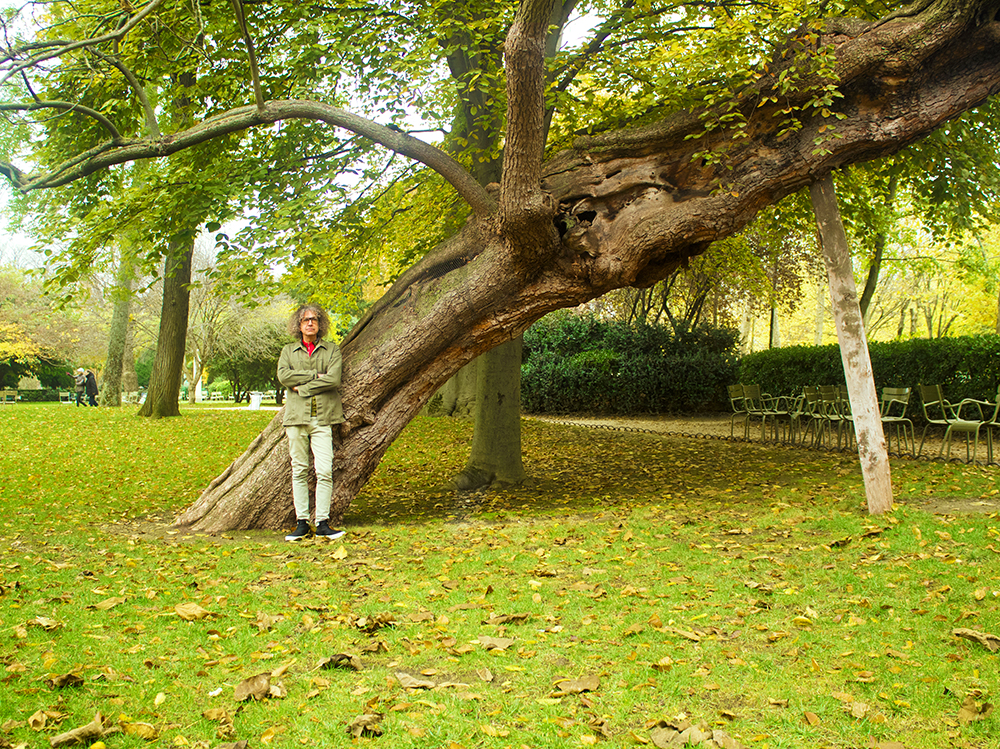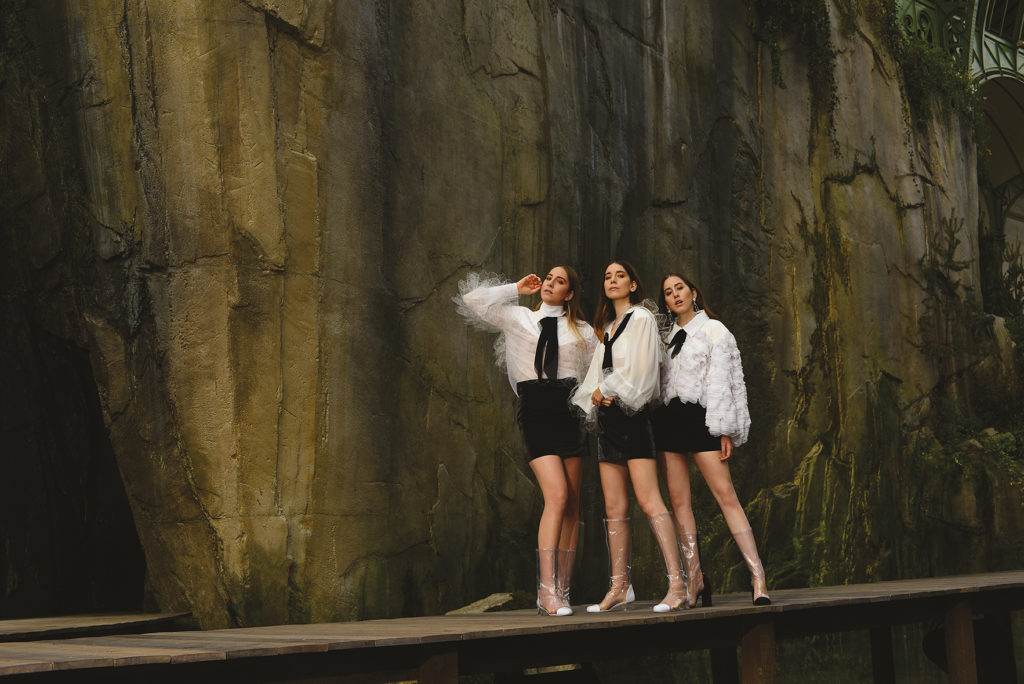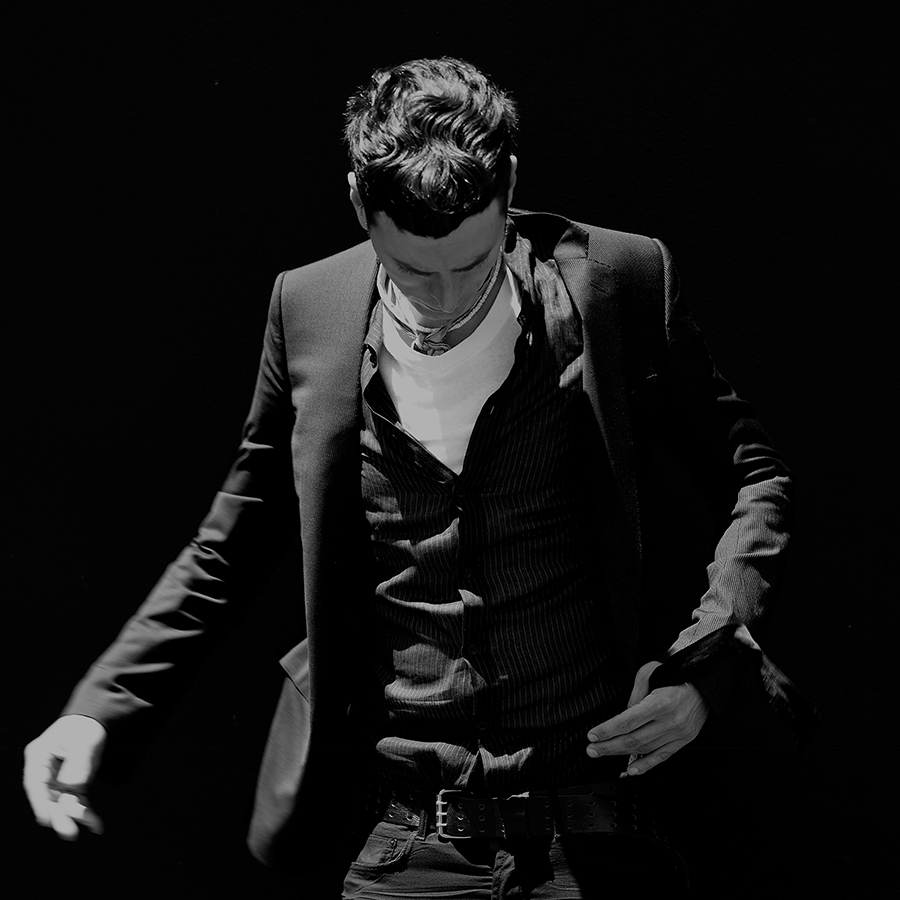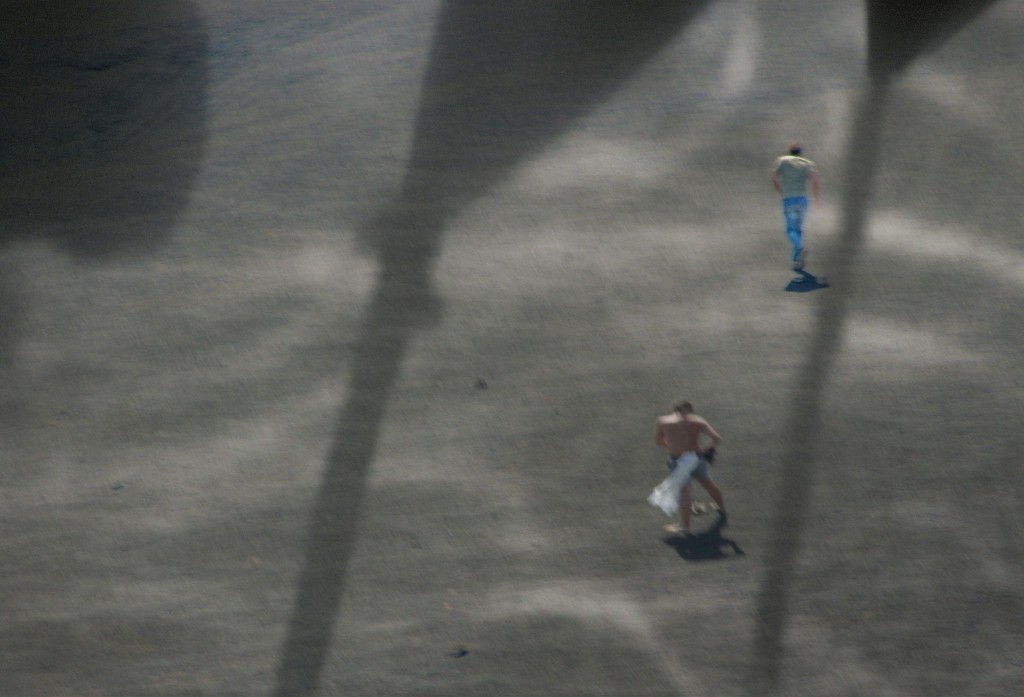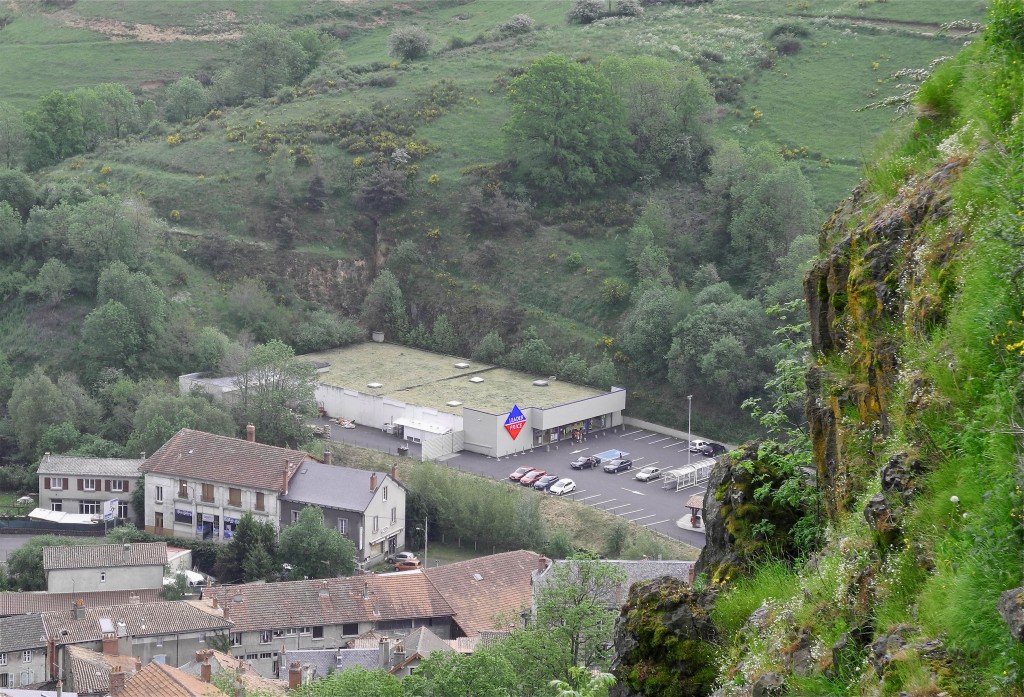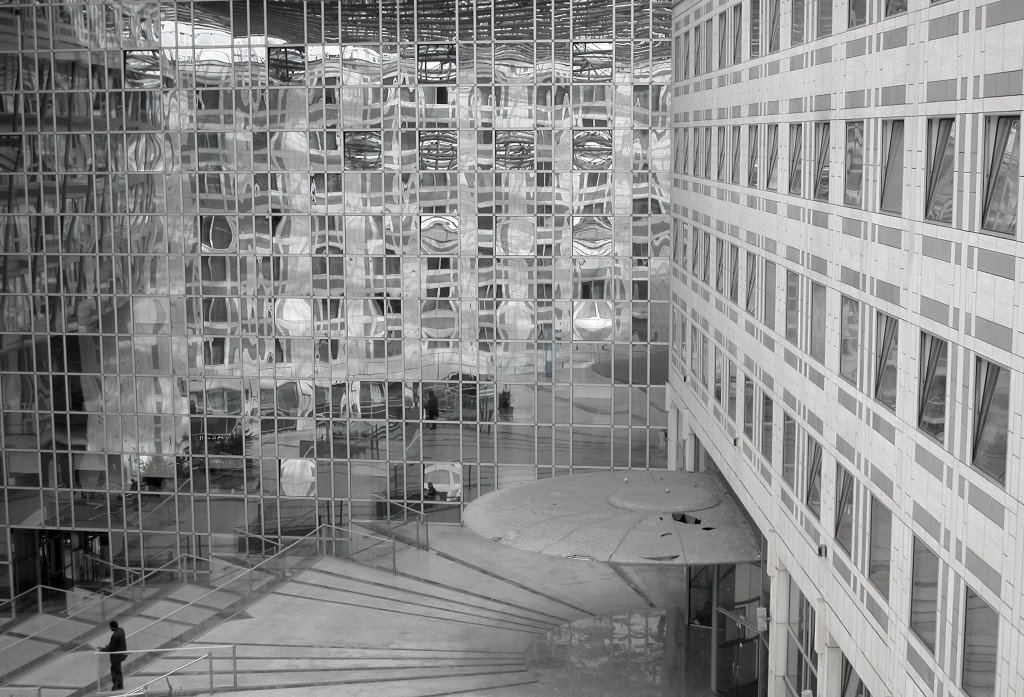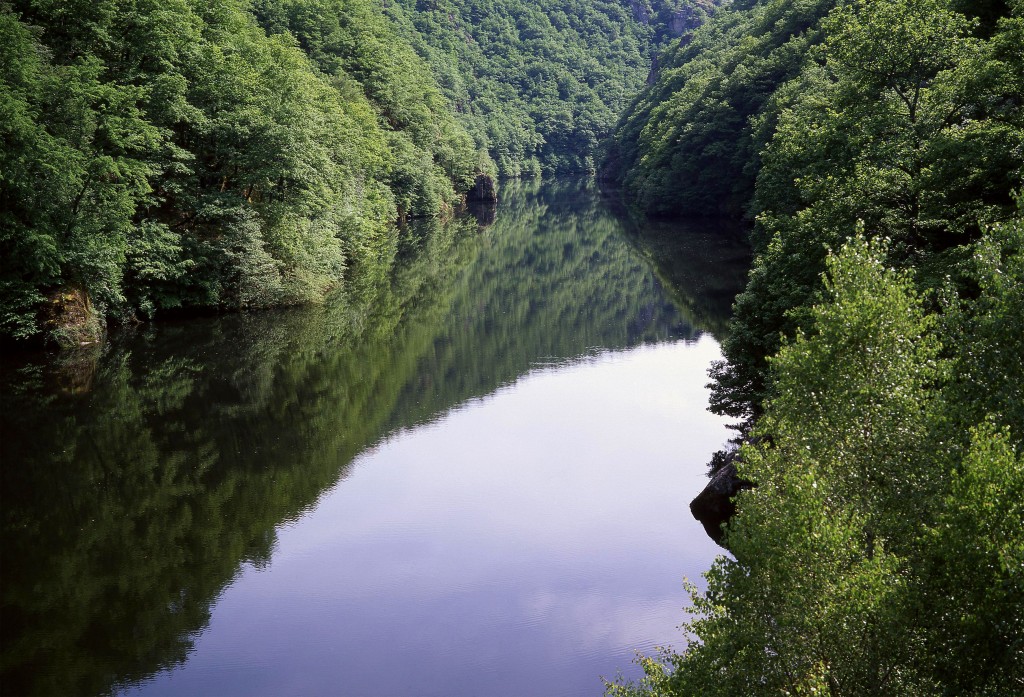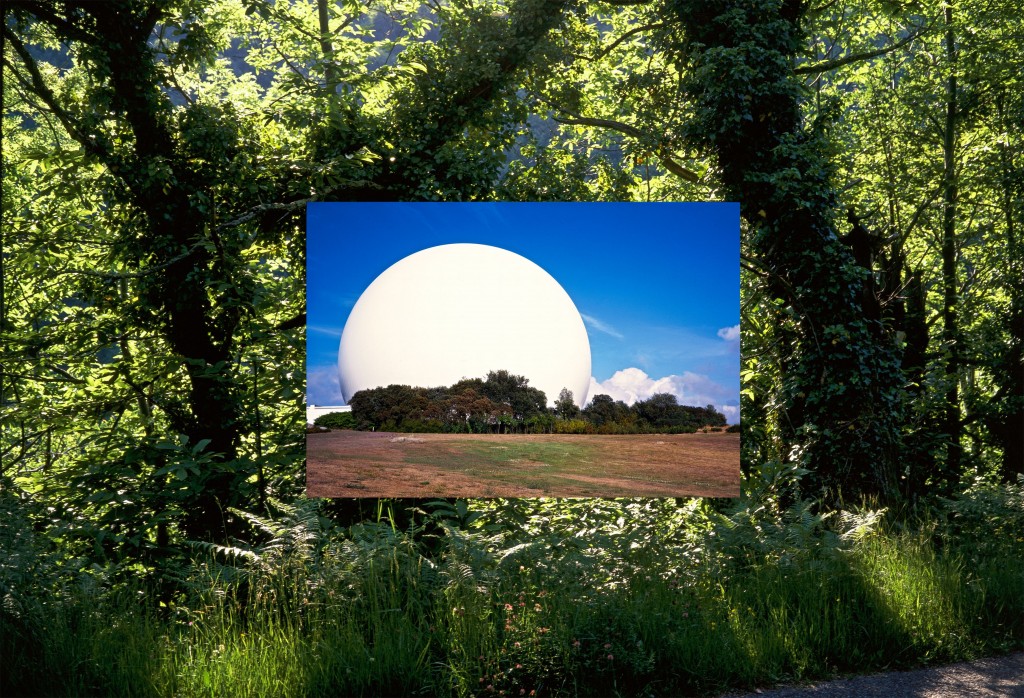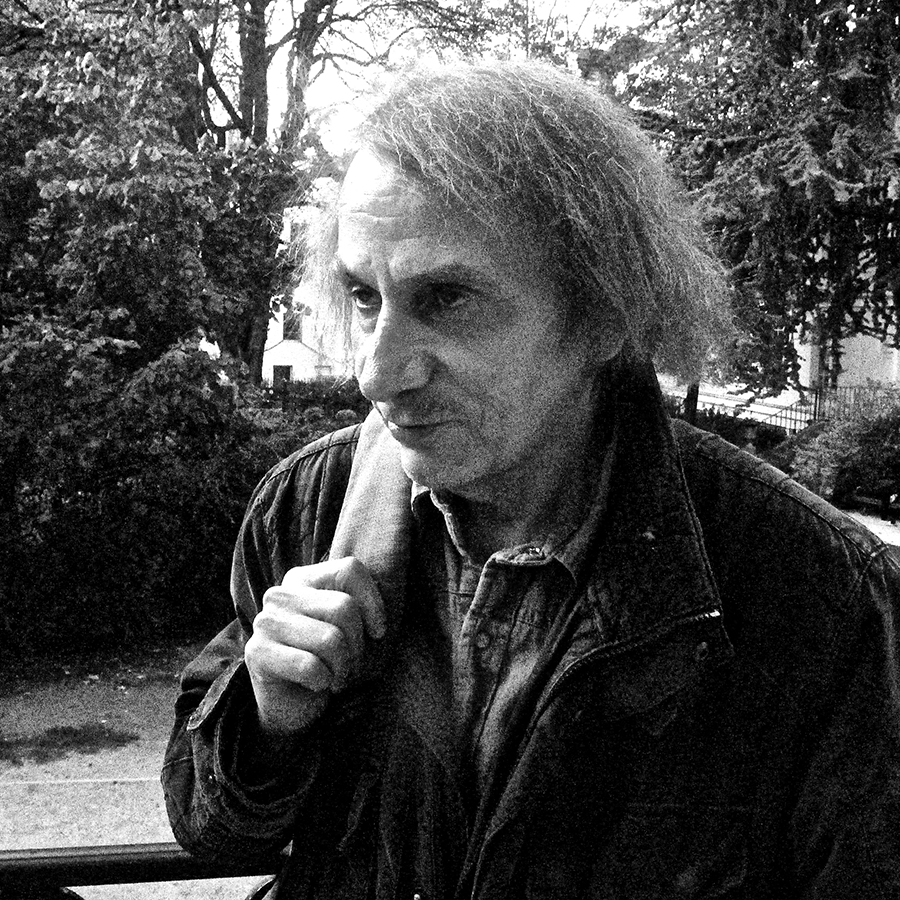
FLASHBACK : A MEETING WITH MICHEL HOUELLEBECQ
By Crash redaction
»Anyone who has an interpretation is always right, and I say that with no irony intended.’
Iconic novelist Michel Houellebecq has just released his latest novel ‘Anéantir’ (Destroy in English.)
In a style typical of Houellebecq’s previous titles, the novel is imagined in a France in the midst of a fictional presidential election campaign in 2027. It is Peppered with an array of real and life-like, characterized versions, of current, previous and potential future politicians, including Marine Le Pen, Éric Zemmour, Bruno Le Maire, and current president, Emmanuel Macron. Flammarion editions have printed 300,000 copies of the first print, unveiled today, Friday 7th January 2022, in bookstores and online around the world.
Here Crash takes a look back at our interview with him by Yan Céh for Crash 71 in spring 2015, a rare intimate moment with the novelist who currently prefers to decline any interviews with the press. He talked about his photography exhibition, on display at the time at the Pavillon Carré in Ménilmontant, northern Paris, his favourite spots in Paris, his uneasiness in the city and the importance of Camembert…
Michel Houellebecq is now standing directly in the eye of the hurricane. The release of his latest novel, “Soumission” (“Submission”), coincided with the terrorist attack on the offices of Charlie Hebdo. The following interview was prepared before the terrifying events of January 7, 2015. During our conversation, Michel Houellebecq spoke to us about “Before Landing”, an exhibition of photos he took over the past several years, on display at the Pavillon Carré de Baudoin, near Ménilmontant in the northern suburbs of Paris. His photographic work features many of the themes present in most of his writing. It also displays an obsession with his home country of France, represented through landscapes in which man meets nature, such as an idyllic hillside marred by a lonely Leader Price discount supermarket… A meeting with a tormented man.
by Yan Céh
“An interview about Before Landing in CRASH seems, in fact, quite opportune.”
—
When did you start doing photography?
I think I started around 16. I bought a camera, and that’s when I noticed that the act of framing the world helped me become more attentive to it. I do not quite remember what kind of photos I took back then. No portraits, in any case. I was never interested in people. I prefer places, more abstract things, vegetal textures… For a time I was obsessed with rocks and stones. That obsession died down somewhat over time. I am also interested in water, but plant life is the most dominant interest.
What was the first photograph you published?
The first was the cover of my first novel, “Extension du domaine de la lutte” (“Whatever”), published by Editions Maurice Nadeau (1994). In fact I was rather disappointed because there was not enough contrast, nothing but gray. And the title was printed in pink, while it was supposed to be in red… Anyway, far from perfect… Later came my book, a collection titled “Lanzarote” (2000) containing poetry and photographs.
About your current exhibition, let’s start with the title: “Before Landing”. Where did it come from?
I decided on “Before Landing” because I like how it sounds. It’s quite nice and evokes something, even if there are only two photos that are actually taken “before landing”. But I like the moments when you get off the highway. Well, actually, I don’t like them at all! Because when you are on the highway, you feel good, everything happens as it should; but when it comes time to exit, and you know you are heading towards the real world, you no longer know what to expect and that is always a bit troubling. Same thing with the TGV: it is a very structured place, no big surprises… But then once you get into town… I expressed that briefly in a poem called “Nature”: “on descend de voiture et les ennuis commencent” (“you get off the train and your troubles begin”). It expresses that slight anxiety felt when leaving a standardized space for another that may be less so.
These photographs bring to mind your novel “The Map and the Territory”…
The exhibition is in fact a continuation of the novel. That’s certain. I came to a lot of realizations upon returning from Ireland and Spain, notably that the country had changed a lot. When you always live in one place, you are not always aware of the situation. But after you have been away for a while, you realize what has changed. Most notably, there are no new museums, in fact. Instead it is the same territory that is being transformed into a museum, in a sense. There is just one giant project underway to install signs and information panels to transform France into one big open sky museum. We are repackaging things that have actually been around a long time. So should we favor an industrial economy or an economy based on a more elitist culture? Personally, I think France is mostly represented today by the luxury sector, organic foods and tourism. This is an economic project, not a political one. But I am generally in favor of giving a boost to those sectors.
How did you go about putting the exhibition together?
In most cases, these photos predate the exhibition. I made a selection, looking for ways to group the images together and prepare each of the different rooms. In the end, it was similar to the way I go about writing a book. In this case there are rooms, in a book there are chapters. And there is still a pseudo-narrative within the exhibition, which comes about through planning one room, then another, all in a certain order. An order that makes sense when you visit the exhibition from beginning to end. In terms of the photos, the thinking is that something happens when you display them in relation to each other, or when I superimpose text on top of an image. That is where I verge into theory. My only real intellectual influence in terms of writing is Jean Cohen, author of “Théorie de la Poéticité” (“Theory of Poeticity”, Editions José Corti, 1995). Going against every language theorist, Cohen defends the idea that poeticity is not connected to literarity. In other words, an image can be poetic. It makes sense to talk about a poetic image, a poetic situation, even a poetic personality. Thus the idea that a photograph can be poetic and that it can, by extension, resonate in a poetic way with a poetic text… In the case of the framed texts in the first room, I took extracts from “The Map and the Territory”, but in many cases I adapted or reprised the texts to improve the “composition” of the message. So they are not necessarily quotes from a novel…
A large fresco in the last room evokes the subject of religion. Where did this idea come from?
Living in Paris can get exhausting, especially when you have to go from one place to another. There is one spot I have always loved in Paris: the churches. Because churches are open all day, no one checks your bag at the door, and you can sit down and rest. As soon as you step inside the street noise vanishes and you are free to dream away, or meditate as some might. I prefer to daydream, sometimes with images that give me something to dream about. That is somewhat how I had imagined the exhibition, as a space to dream in the middle of the city, to relax. If you see a religious interpretation in this, then you are certainly right. Anyone who has an interpretation is always right. And I say that with no irony intended. The viewer does a lot of the work. Not 100%, but at least 50%. [AN: as Marcel Duchamp once said]
There is also a series of photographs of camembert…
You have to know that camembert is older than steel, and it has a much brighter future! I find that to be a rather disturbing observation… Those photos were taken at the Musée du Camembert, which is a very visually stimulating place. There is a wonderful section showing different types of camembert throughout the ages. It is strange that camembert has taken on so much symbolism. It is the international symbol of France, in fact.
There is also the image with what looks like a computer screen displaying nothing but the following message: “You have no chance. Continue?” and “OK”.
Yes. An inescapable situation in which you have no choice… You are in a fatal situation but you cannot do anything else but continue, the only possible choice…
Are you just as pessimistic about the situation of France?
No, on that topic I’m optimistic! But the condition would be to leave Europe. Countries not centered on tourism, like Germany, will eventually have to drop us. Aside from that, I think there is hope.
“Before Landing”, curated by Marc Lathuillière.
Pavillon Carré de Baudoin, 121, rue de Ménilmontant, 75020 Paris. www.carredebaudoin.fr
Originally scheduled to run through January 31, 2015, the exhibition is temporarily closed in light of recent events.







